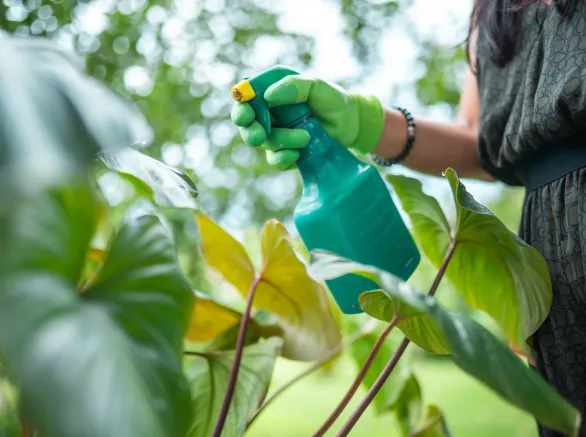July 10, 2020
A microplastics testing strategy for California drinking water starting in 2021
On June 16, 2020, following requirements in California Senate Bill No. 1422 (SB 1422), the State Water Board adopted a definition of microplastics outlining size and composition parameters. After defining microplastics, SB 1422 requires that a standard methodology for testing drinking water for microplastics be developed by July 1, 2021. Once a methodology is selected, the State Water Board must adopt requirements for four years of testing of California drinking water and public disclosure of the findings. With this action, California will become the first state in the United States to define and require testing for microplastics in drinking water.
The fate and effects of microplastics in the environment is an area of increasing global interest, with microplastics now found in the atmosphere, the oceans, and remote areas of the Arctic. Because of the potential for toxicity, regulating and reducing microplastics in the environment has become a legislative priority in many jurisdictions.
In California, further regulation of microplastics in drinking water and updates to drinking water treatment requirements can be expected. Stakeholders who discharge to surface waters regulated as sources of drinking water may also anticipate future regulation based on the results of the State Water Board's actions on microplastics, and requirements for microplastics in the environment are expected as well. Additional legislation known as SB 1263 requires the adoption of a Statewide Microplastics Strategy to protect coastal waters and advances regulations to monitor microplastics in the environment.
How Exponent Can Help
Policy makers and scientists need to work together to effectively implement California's regulations and address the many challenges associated with microplastics in the environment. Exponent is well versed in California drinking water policy and is actively involved in helping clients understand how water policy changes affect their businesses. Exponent has prepared expert reviews for clients on the toxicity, fate, and transport of macro- and microplastics in water systems and the environment, and an Exponent publication on the role of microplastics in the exposure of aquatic organisms to contaminants has been highly cited. Exponent's scientists are also familiar with the current methods used to collect and characterize microplastics in the environment, and the associated pitfalls with these methods.
Our team understands the changing regulatory landscape of microplastics in the environment and offers the integrated expertise of ecologists, toxicologists, polymer scientists, material chemists, and chemical regulation professionals to help evaluate and identify appropriate analytical methods for characterizing polymers and particles in drinking water or surface waters.
Insights




